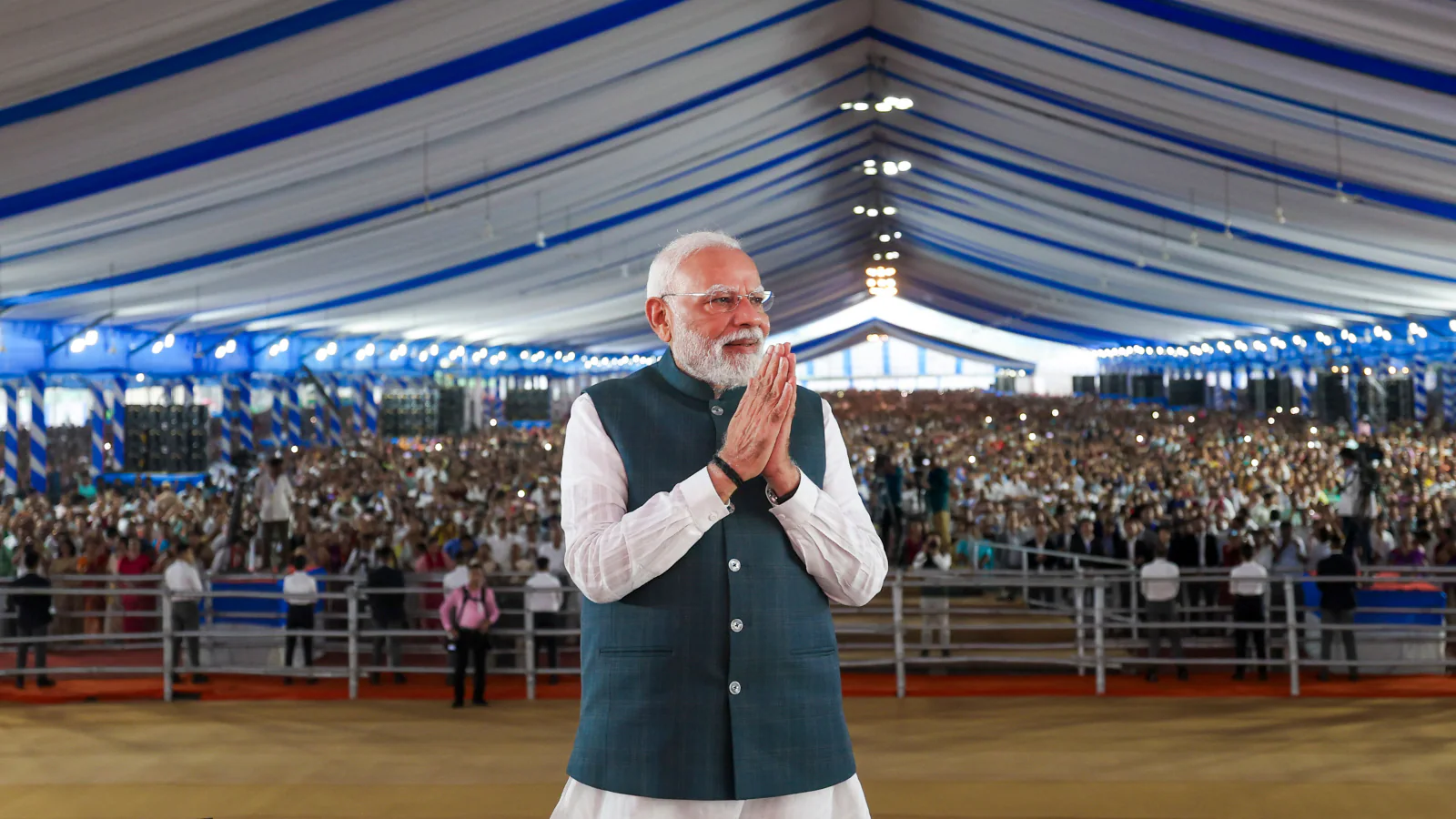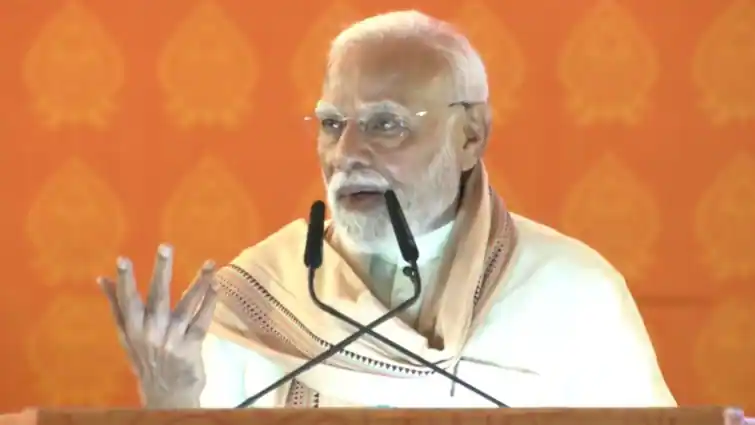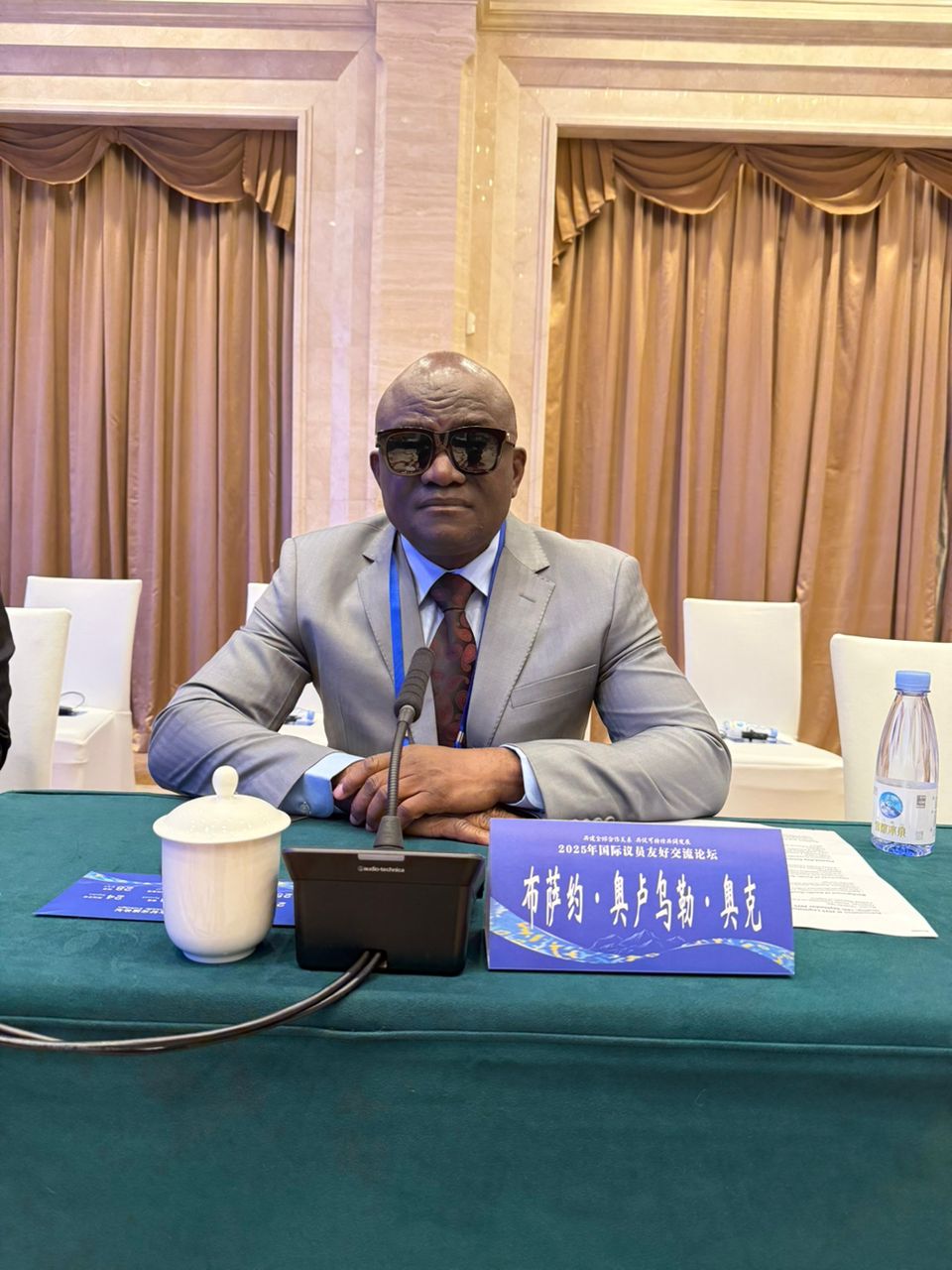By Amish Devgan,News18
Copyright news18

“He has sculpted himself, and thus attained this ability; it is no accident that the nation has placed its trust in him.” This line fits perfectly with Narendra Modi, one of independent India’s most prominent personalities. Even his staunch critics agree on one thing: Modi works tirelessly and constantly sharpens himself.
The Indian Constitution came into effect on 26 January, 1950. Coincidentally, that same year, on 17 September, Narendra Modi was born. In 2025, he turns 75. Yet, even at this age, Modi remains one of the most popular leaders among the youth. What makes him unique is his ability to adapt to technology, communicate effectively across generations, and kindle hope even in times of despair.
Not Just A Leader, But Statesman
India has no shortage of leaders, but true statesmen are rare. During the global COVID-19 crisis, Modi not only protected India but also sent vaccines to other needy nations — cementing India’s image as a global leader. His ability to see the bigger canvas transforms him from a mere leader into a statesman.
According to Harvard’s Linda Hill, leadership is a continuous journey of self-expansion and self-correction. A real leader proves themselves not in comfort, but in adversity — by making a strong comeback. Chanakya, India’s great strategist, said a king must earn the people’s trust, never hesitate to take tough decisions, and never falter in crises. Modi’s balancing act between Donald Trump and other world powers stands as proof that he meets this standard.
Turning Despair Into Hope
Like a cricketer who lifts his team in tough moments, Modi’s career reflects resilience. When he became Prime Minister in 2014, India faced corruption scandals, policy paralysis, and soaring inflation. Within 11 years, India has emerged as the world’s fourth-largest economy, with growing military and global influence.
As Gujarat’s Chief Minister for 13 years, Modi had already shown his administrative acumen. Those who observed governance before and after 2014 note a stark difference: earlier, governments often avoided decisions; under Modi, every meeting aims for concrete outcomes. His arrival turned despair into confidence, ending policy paralysis and bringing decisive governance.
Modi vs Other Leaders
History remembers two kinds of great leaders: those who win wars, and those who bring prosperity. Modi is unusual — he does both. He doesn’t hesitate to take tough decisions in wartime, nor to make long-term economic reforms in peacetime.
Comparisons with Nehru and Indira Gandhi often arise. Nehru faltered during the 1962 China war, while Indira Gandhi, despite military success in 1971, conceded too much to Pakistan in the peace deal. Later, during the 2008 Mumbai attacks, the Manmohan Singh government failed to punish Pakistan decisively.
By contrast, Modi authorised surgical strikes (2016) and the Balakot airstrikes (2019) in response to terror attacks, showing that India would no longer absorb blows silently. Even recently, after attacks on tourists in Pahalgam, Modi allowed the military to respond freely, inflicting lasting damage on Pakistan’s terror hubs and forces.
Building a Self-Reliant India
Upon taking office, Modi gave the bureaucracy a clear message: Reform, Perform, Transform. Inflation, which averaged 11–12 per cent under UPA in 2013, now stays largely between 4–6 per cent. Capital expenditure rose from about Rs 1.87 lakh crore (2013–14) to over Rs 11 lakh crore (FY2026) — a sixfold increase.
Infrastructure has expanded massively:
National highways grew from 91,000 km (2014) to 146,000 km.
Metro rail grew from 248 km to nearly 1,000 km.
Bold and Unprecedented Decisions
GST: Modi implemented the long-delayed Goods and Services Tax despite political risks.
Digital India: High-speed internet and digital payments have penetrated even remote villages.
Jan Dhan Accounts: Financial inclusion empowered millions, especially women.
Article 370: The abrogation of Kashmir’s special status marked the boldest political move since Independence.
Clean India Mission: Over 120 million toilets built; 90 per cent of villages declared open-defecation free.
Cultural and National Renaissance
Ayodhya’s Ram Temple is seen as a symbol of India’s cultural resurgence, with Modi’s role central to its realisation. His brand of cultural nationalism has given Indians worldwide a renewed sense of pride in their identity.
As US Vice President JD Vance joked, Modi’s sustained popularity even makes other leaders envious. Despite over a decade as Prime Minister, his bond with the masses remains strong — echoing Chanakya’s ideal that a ruler’s happiness lies in the people’s happiness.
प्रजासुखे सुखं राज्ञः प्रजानां च हिते हितम्।नात्मप्रियं प्रियं राज्ञः प्रजानां तु प्रियं प्रियं॥
On his 75th birthday, Narendra Modi stands not just as a Prime Minister, but as a statesman who has shaped India’s destiny in unique ways.



